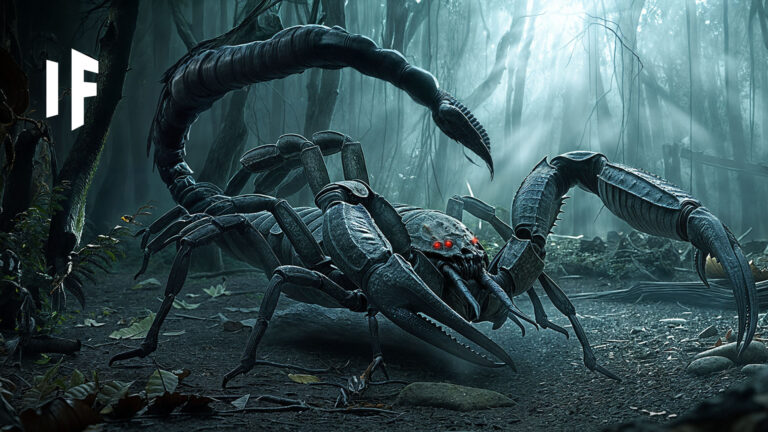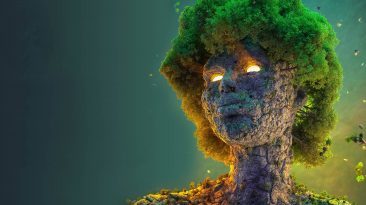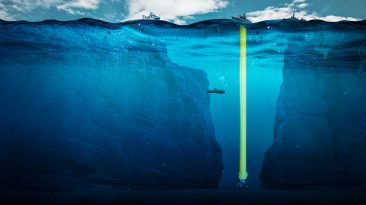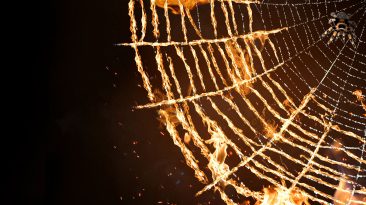Dinosaurs often steal the spotlight when it comes to terrifying prehistoric creatures, but they were far from the only fearsome beasts to roam the Earth. From enormous sea predators with jaws that could swallow a whale to armored mammals built like tanks, some ancient animals may have been just as dangerous as the famous Tyrannosaurus Rex.
These creatures dominated their environments with unique weapons, powerful bodies, and deadly instincts. Here are six prehistoric creatures that could easily compete with the deadliest dinosaurs. Their existence proves that the ancient world was filled with monsters far beyond the familiar giants of the Jurassic era.
1. Megalodon – The Ultimate Sea Predator
Before sharks became the top hunters we know today, there was the megalodon. This enormous predator lived between three and twenty three million years ago and could grow up to eighteen meters long. Its massive jaws held teeth larger than dinner plates, and it was strong enough to crush bones with a single bite.
Megalodons hunted whales, dolphins, and possibly even other sharks. In the ocean, it was the undisputed ruler. With speed, power, and a bite force unmatched by any living shark, it reigned at the top of the ancient marine food chain. No creature in its environment was truly safe from its hunger.
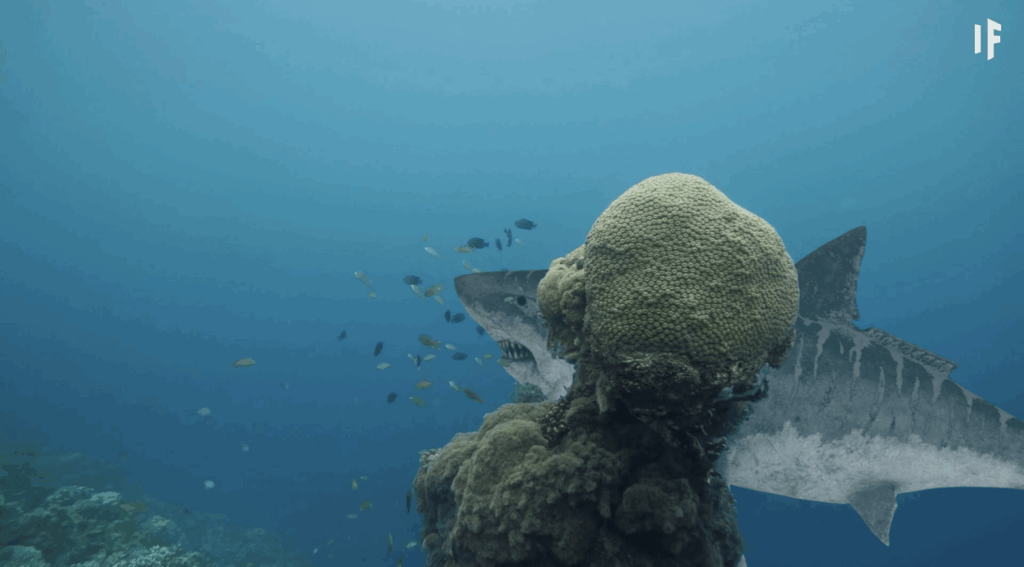
2. Saber Toothed Tigers – Fearsome Cats of the Ice Age
These deadly predators roamed the Earth between ten thousand and two and a half million years ago. With teeth as long as steak knives and bodies built for ambush attacks, saber toothed tigers were formidable hunters. They preyed on large animals like mammoths and may have even crossed paths with early humans. Their long curved teeth made them one of the most feared land predators in history.
Using stealth and strength, they could take down prey much larger than themselves with precision. Their muscular build and sharp senses made them perfectly adapted for survival in the harsh Ice Age environment.

3. Pulmonoscorpius – A Giant Scorpion with Venom
About three hundred million years ago, massive scorpions called pulmonoscorpius roamed the land.
These creatures were larger than most people today and came equipped with powerful pincers and a venomous tail. While dinosaurs relied on size and strength, this creature used poison to take down its prey. A close encounter with one would have been deadly. Its armored body and stealthy movements made it a silent but lethal predator. In its time, few creatures could match its combination of defense and attack.
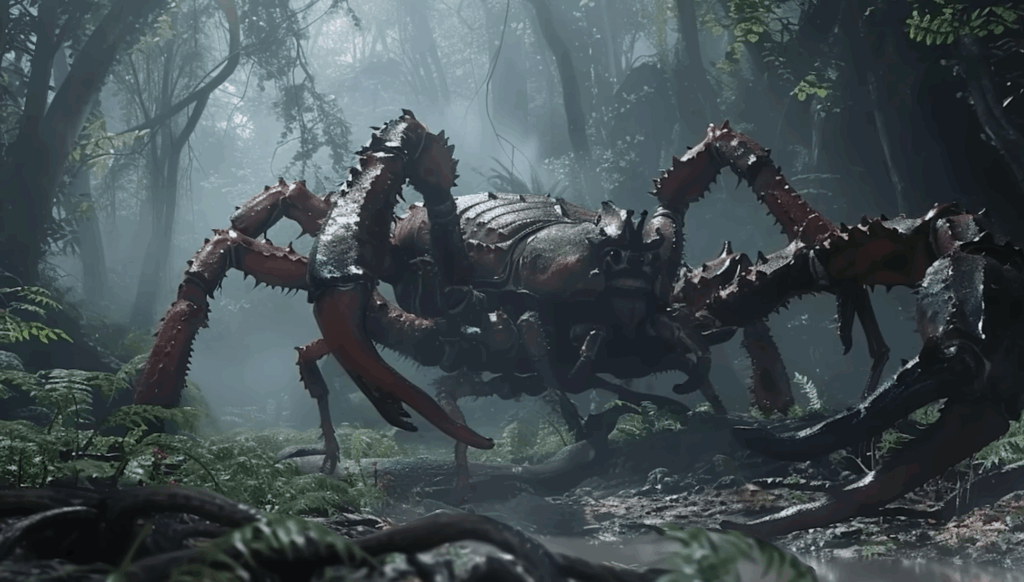
4. Elasmotherium – The Real Unicorn of the Ice Age
Known as the Siberian unicorn, elasmotherium was a giant relative of today’s rhinoceros. It lived around two and a half million years ago and weighed more than four tons. Its most distinctive feature was a large horn that may have reached two meters in length. Despite its mythical nickname, this animal was no gentle horse. It was built for survival in the cold and was ready to defend itself against predators.
Its strong legs and sturdy body allowed it to travel long distances in search of food across frozen plains. Elasmotherium likely used its horn not only for defense but also to break through ice and snow to reach vegetation.
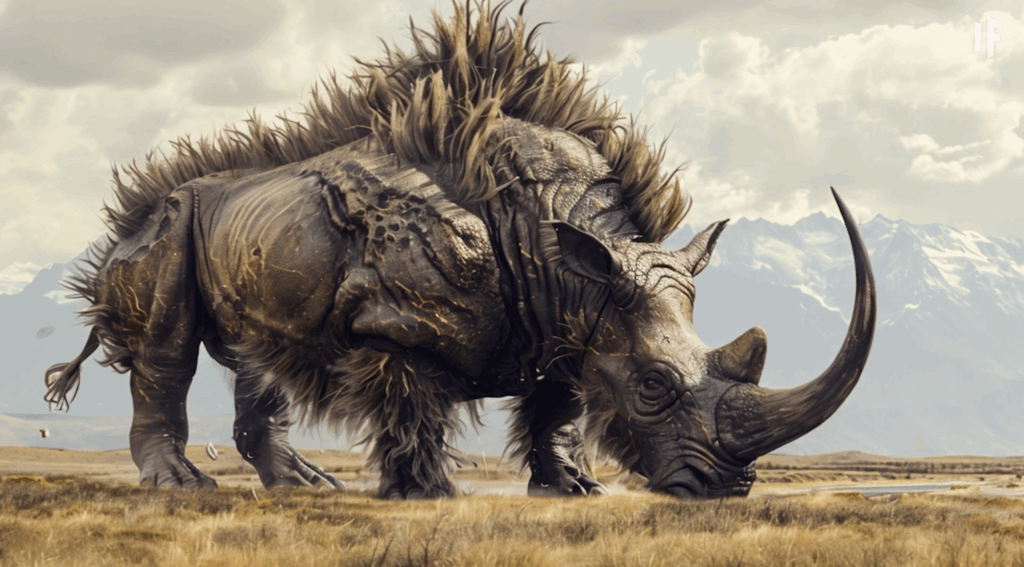
5. Glyptodon – A Living Armored Tank
Picture an armadillo the size of a small car, covered in thick bony armor. That was the glyptodon. This slow moving herbivore measured about three meters in length and weighed over a ton. It had a club like tail and a shell tough enough to resist attacks from predators. Its heavy armor made it nearly impossible to kill, giving it a strong defense in a dangerous world.
Despite its gentle nature, the glyptodon was well equipped to stand its ground when threatened. Predators would have had to think twice before attacking such a heavily protected and solidly built creature.
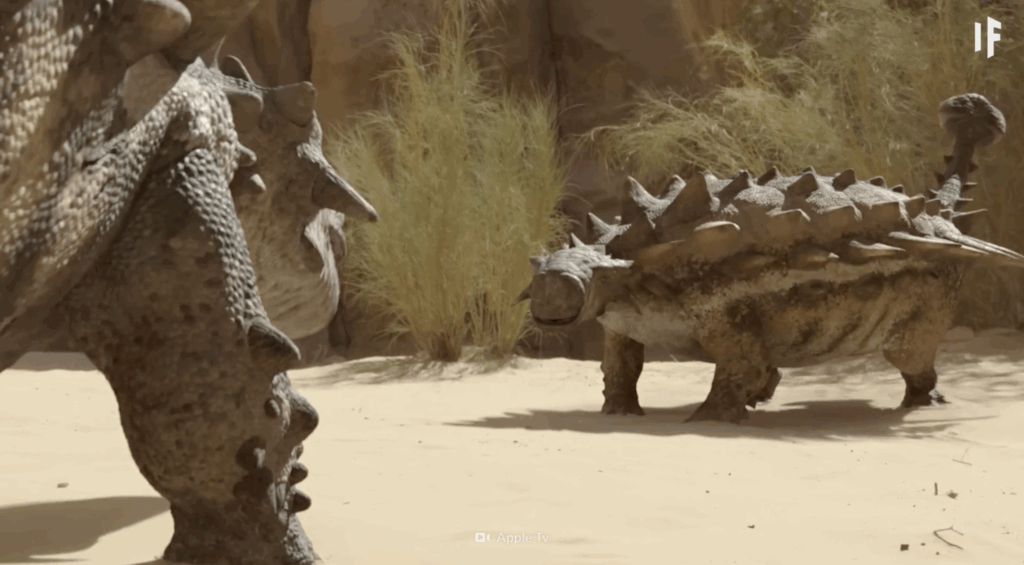
6. Giant Cockroaches – Survivors of the Ancient World
While not as obviously threatening as some of the other creatures on this list, ancient cockroaches deserve a place here. These insects lived between two hundred ninety nine and three hundred fifty nine million years ago and could grow up to nine centimeters long. Their tough shells made them nearly indestructible. While not predators themselves, their resilience helped them thrive in a harsh prehistoric environment.
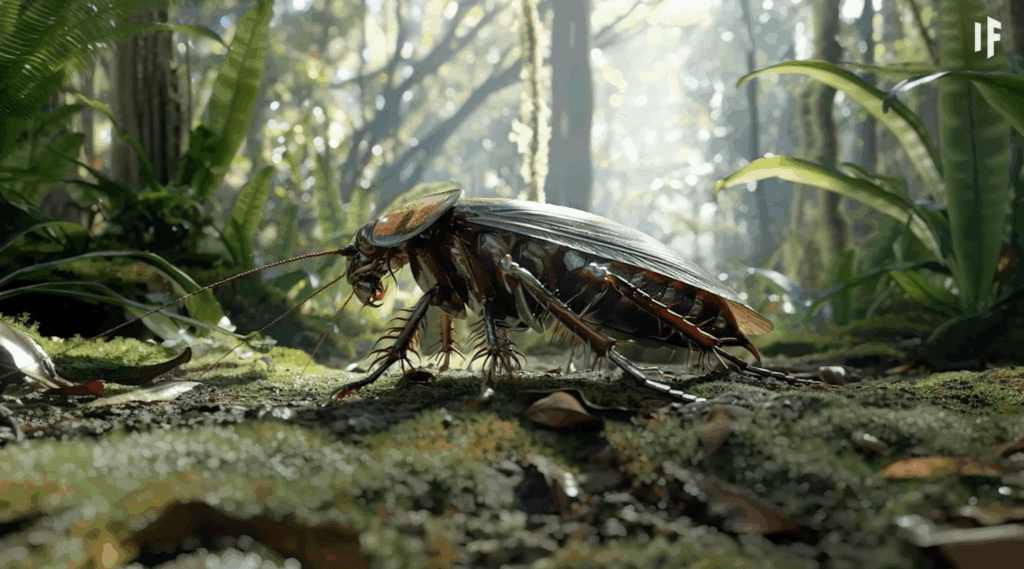
They could survive extreme heat, toxic gases, and even limited food sources, making them some of the toughest survivors of their time. In a world filled with danger, their ability to endure made them one of the most successful creatures in Earth’s early history.


